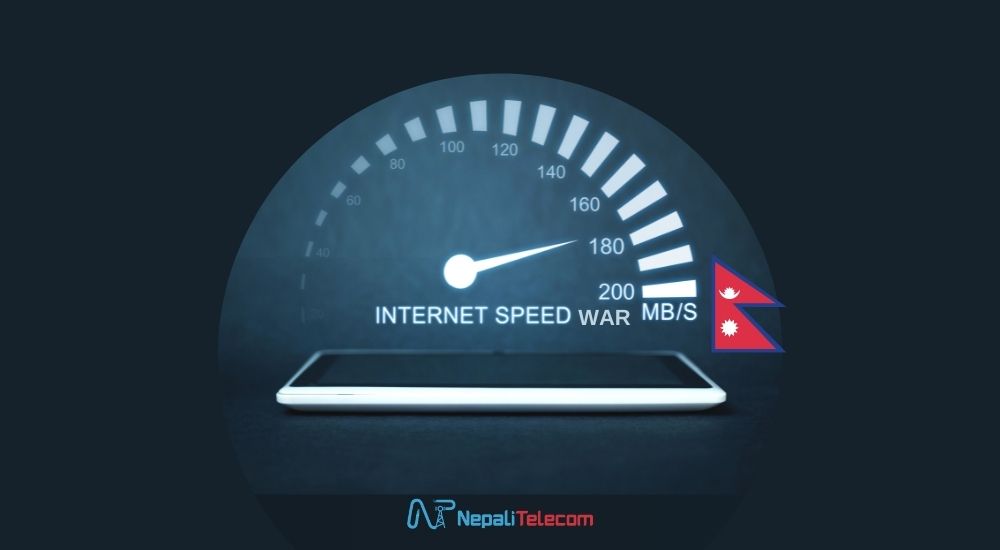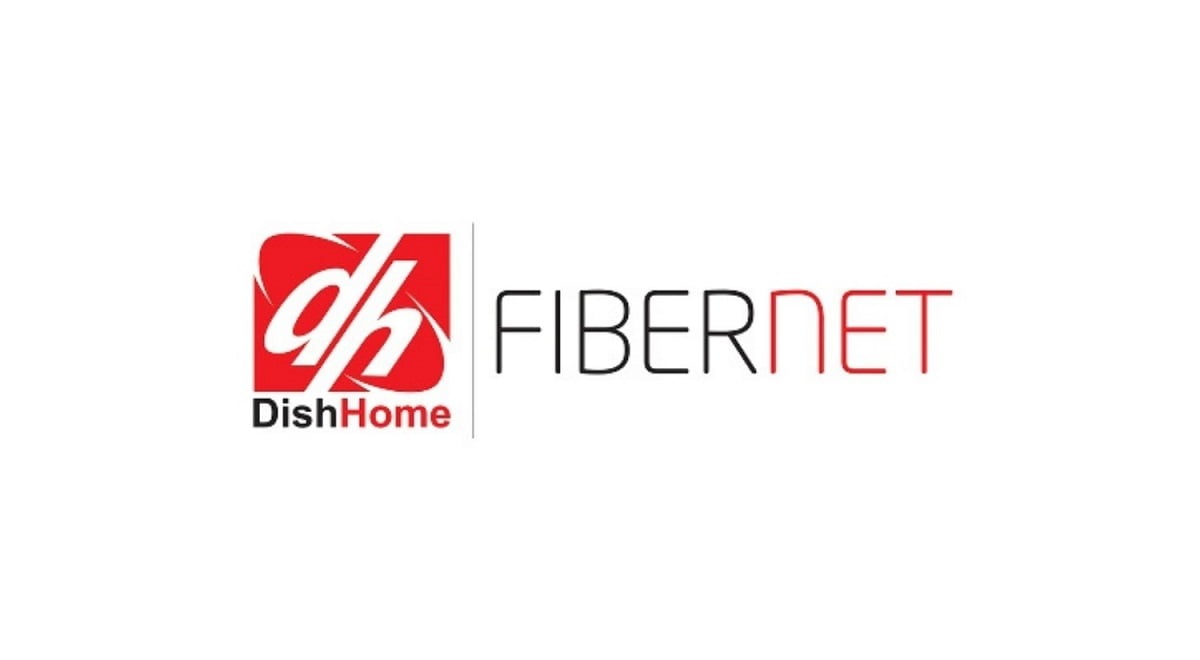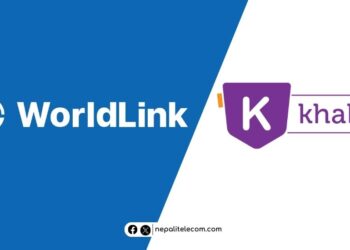The ongoing internet speed war is surreal, to say the least. It has defied all logic and continues to baffle each new offering. From a rare 100 Mbps package to the world-class 1 Gbps announcement, it’s all happening and it just took a few good 6 months. But how did the ISPs stir the speed war, the next-gen WiFi technologies, and what about consumers’ role in it? We will explore a few premises around these questions below. Keep reading.
The high-octane Speed Frenzy started following CG Net’s sensational 120 Mbps launch for just Rs.999 back in June. Now, in just six months, we have all major ISPs rolling out 3 digit internet packages which just got a major breakthrough with Classic Tech announcing its plan for a stunning 1 Gbps fiber broadband which should put the ISP war to a truce.
Before we list out the factors that are helping ISPs stage their giant internet plans, we will begin with due praise for CG Net which has harbored the current flux of high-speed internet packages that we demanded for so long.
CG Net’s Role in the Internet Speed War
We can’t over-emphasize the role of CG Net in triggering the internet speed war. The hitherto unparalleled 120 Mbps internet was great and for just Rs.999 was a thing of beauty. This was the milestone that set off the internet speed and price war in Nepal, a long-reckoning for the growingly ICT-ambitious country.
Existing ISPs Respond
The debutant ISP put an onus on others to respond and they didn’t disappoint either. Soon, Subisu followed with a 150 Mbps plan, Dish Home announced its plan for a 200 Mbps package which it will upgrade to 300 Mbps.
The leader of the lot WorldLink which was under mounting pressure to make a response didn’t disappoint. The silver jubilee ISP with over 5 lakh subscribers wooed everyone with the blazing 300 Mbps photon series which it has upgraded to 600 Mbps already. DTH/ISP Dish Home has launched its premium 600 Mbps internet plan with WiFi 6. Vianet has also jumped to the Speed game with its Ultra-fi plan comprising 125/175/250 Mbps plans. Just recently, Subisu revamped its package and brought the Super Raftar offer with a premium 650 Mbps internet plan.
Speed War Gave us 1 Gbps Interent Plan
But it is Classic Tech that has stolen the show from all. The Kathmandu-based private ISP has announced that it will soon roll out the 1 Gbps fiber broadband. When it arrives, it will be the country’s fastest and the greatest but also a world-class offering in its own right.
The whole speed looks unreal from the outset. Internet consumers had long been calling for high-speed packages for a reasonable cost and it was falling on deaf ears. But it only took CG Net’s FTTH plan to catapult the Nepali internet market to a new high.
NTC has been a curious case though. All the major ISPs have jumped to the speed bandwagon, but the state telco/ISP has not made a single stride yet. The company is still on its regular packs along with Triple Play service. It will be interesting to see how NTC moves ahead in the coming days as the ISPs are sure to grab consumers from among themselves with a new range of packages.
Check out: Ntc FTTH Internet Price, Speed, Offers
How Are the ISPs Able to Deliver the Speed Bump?
The recently upgraded internet plans do not work on cheap existing routers. The blazing-fast fiber broadband requires improved hardware to deliver on the promises. This is why the ISPs have bundled their new internet offers with key improvements which are most conspicuous in the WiFi technology. Find some of the factors that are helping the ISPs to flex their muscles in the speed war game.
WiFi 6 & Mesh System
WiFi 6 or 802.11ax is the next-gen wireless standard which brings a monumental improvement in WiFi performance. It comes with the support of Mu-MIMO, beamforming, and a higher number of streams up to 12 against WiFi 5’s 8, and supports throughput in multiple Gbps.
The major improvement of course is higher-data delivery across multiple devices with better coverage. This is why all the major ISPs are adopting this next-gen wireless technology for their premium packages.
All major ISPs such as WorldLink, Dish Home, have adopted WiFi technology with Mesh setup. Classic Tech meanwhile, is going further by introducing the country’s first Tri-Band router with its imminent 1 Gbps fiber broadband package.
Read: Huawei Wifi 6 Routers Launched in Nepal | Find Price and Specs
International Bandwidth and Local Caching
The ISPs’ audacious mega high-speed internet packages are not feasible at the recent cost of international bandwidth. Nepali ISPs buy most of their data from Indian companies. The bandwidth cost has lately been reduced to some extent but the current superlative packages can’t be possible with the current international price for bandwidth. It has to do with limited browsing behavior and local caching.
Most Nepali internet consumption comprises social media, Google’s services like YouTube, large files downloads (torrents), and limited streaming. This doesn’t push the bandwidth demands too high on the ISPs and they can offer high-speed plans without much pressure on international bandwidth. Further, local caching of content such as YouTube, Facebook, TikTok, and other services make them load faster. This means the internet users may not even realize or have to be cautious about their bandwidth speed while accessing surfing the above services.
This is a win-win situation for ISPs. They are offering high-end packages but the internet consumption is limited service-wise and aided by local cache servers.
Additionally, Nepal is geared up to establish its own fiber link to the sea. The telecom authority has issued a directive order to initiate the required steps to lay the cable which will link Nepali internet directly with the international fiber link beneath the sea. Although we are a bit far off for it, when it happens it will further contribute to lowering the internet prices and also break the monopoly of Indian companies for Nepali ISPs.
Check out: How to choose the best router for your Home Wifi?
Dual-Band Routers
Dual-Band routers can use 5 GHz or 2.4 GHz and 5 GHz bands simultaneously and create dedicated networks which improve wireless internet delivery. There are fewer routers working on 5 GHz frequency so it flows undisturbed (no interference) and achieves greater signal quality. Plus, they also come with MU-MIMO technology which allocates bandwidth uniformly across multiple devices.

To complement high-speed internet packages, Nepali ISPs have all adopted 5 GHz Wifi routers.
Talking of the speed capacity, a single band 2.4 GHz router can deliver up to 150 Mbps speed, while a dual-band 5 GHz router clocks up to 450 Mbps.
WorldLink has already launched 5 GHz routers even before the speed war commenced. Nepali ISPs have branded dual-band routers as 5G routers as a marketing term for their high-end packages.
Some subscribers of the newly upgraded packages have sounded out that their existing routers have not performed well with their flagship subscription. Switching to a dual-band router or even getting a Mesh system can do the trick for them.
Most ISPs in Nepal are offering free or cheap upgrades to dual-band routers. Meanwhile, the recent flagship packages come with such routers (5 GHz).
Also read: NTA To Set Routers’ Standard For More Efficiency
Regarding NTA’s Notice to the ISPs
The speed war sprung all of a sudden with CG Net’s debut which forced others to offer their best and the biggest internet plans. The ISPs have stressed the speed so far and upgraded their bandwidth speed to 3 digits.
However, NTA has called for a healthy speed war that would benefit all sides. More so, it came to light that ISPs’ recent high-speed packages have skipped the authorization.
The telecom authority NTA released a notice urging all the ISPs to first obtain service charge permission before they could implement the new offers. ISPs have launched their premium internet plans to keep their subscribers hooked and stay afloat in the evolving market.
However, ISPs must also ensure that the consumers from rural areas and the outskirts are able to benefit from their high-speed broadband and the narrow digital divide. So far only a handful of ISPs have coverage in the outskirt/rural areas and they should improve uniform broadband access in the country.
Consumers’ Role in the Internet Speed War
Nepali internet consumers now have many options for a high internet package. Those options can be overwhelming to most as there are many packages with different schemes. However, we suggest that you choose a package that fits your necessity instead of giving in to a higher number.
Internet subscribers can also play a great role in ensuring quality service from their respective service providers. Most internet packages come in annual renewals and this has left many customers skeptical of the customer service they receive. This is up to ISPs to convince their respective customers that they would not compromise their internet subscription once they pay the sum.
The ISPs should deliver not only the speed they are promising but also the better latency and coverage the new routers are supposed to bring. The FUP should also improve for the benefit of the customers. The infamous data cap strategy (aka FUP) has never been popular among the consumers therefore the new internet packages must be generous with more data volume for sound internet consumption on the users’ end.
High-Speed Mid-Range Packs Are the Real Deals Too
Besides the superlative internet plans, the consumers can also choose a mid-range package to suit their needs. Compared to a few months back, even the mid-range internet plans now come with very high-speed that should meet many of the customers’ needs. Add to the good, they are also very cost-friendly compared to how much we paid for the meager plans a few months back.
Such packages include WorldLink’s Photon lite (150 Mbps), CG Net’s 50 Mbps offer, and Vianet’s recently launched Mini Internet Pack that comes with a 75 Mbps plan. Further, there is Subisu’s 150 Mbps plan, and Dish Home’s 300 Mbps moderate plans on offer as well. We ca ‘t forget Classic Tech’s low-tier Tachyon packages either. The options are just too many, all thanks to the competitive speed war.
If you don’t buy into the speed war frenzy and can remain content with moderate plans which can still meet your bandwidth needs, you can choose one of the above packages without a hitch.
A suggestion to the Internet Customers
If you not receiving what they should be, then you can contact their ISP via toll-free number, e-mail, customer center number, or lodge a complaint at NTA’s portal.
Digital Nepal drive is in full swing and the current speed war will have a lasting effect on the future of the Nepali internet. Besides, it’s also high time for ICT growth in the country. With 5G in the coming, AR/VR, 4K streaming, and real-time gaming are all becoming possible with the newly promised internet speeds. And these elements can pivot the country’s digital shift in the most remarkable fashion.
We are just in the starting phase of the next-generation internet experience in Nepal and we hope the #internetspeedwar will have more substance than hype.












